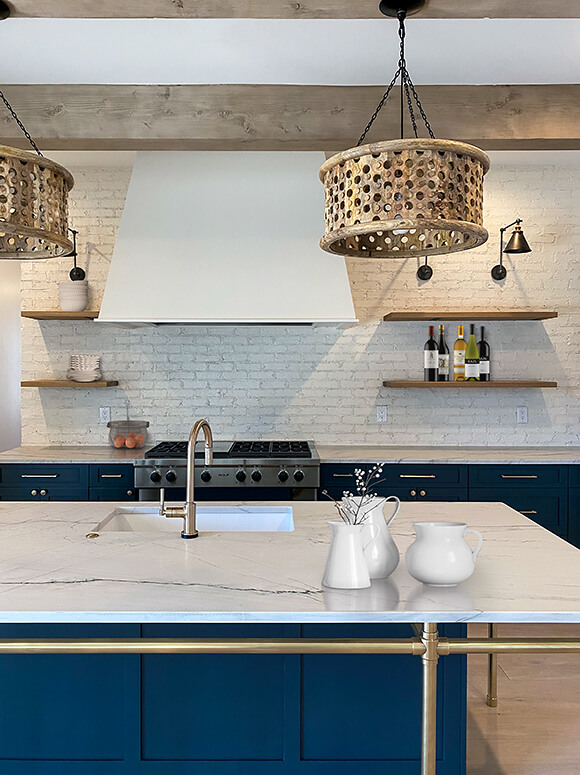Discover Timeless Options in Standard Legs For Kitchen Island Designs
Discover Timeless Options in Standard Legs For Kitchen Island Designs
Blog Article
A Guide to Selecting the Perfect Legs For Cooking Area Island for Your Home
Selecting the excellent legs for your kitchen island is a nuanced decision that affects both the functionality and visual charm of this central space. As you take into consideration these elements, it becomes evident that the right legs can transform not just the look of your kitchen yet also its usability for years to come.

Comprehending Cooking Area Island Legs
When choosing legs for a kitchen island, it's crucial to understand their useful and visual roles in the total design. The legs work as an important support group, making certain stability and sturdiness for the island, which frequently operates as an office, dining location, or collecting spot. For that reason, the selection of material and construction technique should be robust sufficient to hold up against day-to-day usage and possible wear.
Along with their structural responsibilities, legs contribute considerably to the island's aesthetic allure. They can boost the kitchen's style, whether with typical, contemporary, or diverse layouts. The height and proportion of the legs are additionally vital factors to consider; they have to harmonize with the island's countertop elevation while making certain comfortable seating for those using the room.
Additionally, the leg layout can affect the total flow of the kitchen area. Open, ventilated leg styles can produce a feeling of lightness, while strong, substantial legs might convey a much more based and steady visual - Legs For Kitchen Island. Understanding these aesthetic and functional facets will lead property owners in making educated choices that complement their kitchen's layout and boost its functionality
Popular Styles and Products
The choice of legs for a kitchen area island incorporates a range of popular styles and materials, each offering unique attributes that can enhance both functionality and aesthetic appeals. Traditional legs generally display ornate information and workmanship, improving classic cooking area styles.

Height and Stability Factors To Consider

Security is one more essential factor to consider. The legs of the kitchen island ought to give sufficient assistance, ensuring that the framework can endure daily usage without tottering or moving. Product selection plays a significant duty in stability; steel legs, for instance, tend to offer higher toughness compared to wood. Additionally, guaranteeing that the island is firmly secured to the floor or wall surface can boost security, specifically for bigger islands that might birth considerable weight.
Matching Your Kitchen Area Aesthetic
Choosing the appropriate legs for your cooking area island goes beyond performance; it likewise plays a substantial function in the general aesthetic of the area. When selecting legs, consider the layout style of your cooking area. For a modern look, smooth metal or minimalist layouts can produce a clean, contemporary ambiance. On the other hand, rustic or typical kitchen areas typically gain from wooden legs with elaborate describing or a troubled surface, enhancing warmth and character.
Legs that enhance or comparison with your island's surface and bordering cabinetry can produce aesthetic harmony or striking focal factors. In addition, think about the surface of the legs; matte, glossy, or distinctive surfaces can significantly affect the total feeling of the cooking area.
Installation and Upkeep Tips
Setting up cooking area island legs requires careful interest to detail to guarantee both stability and visual charm. Begin by picking a suitable location for your island, ensuring it is degree and has enough room for movement. Utilize a stud finder to locate wall surface studs why not try this out if you are affixing the legs to a wall or making use of braces for added assistance. Mark the positioning of the legs properly before drilling.
When protecting the legs, make use of high-grade screws and, if required, timber adhesive for additional toughness. For metal legs, guarantee that you are making use of appropriate anchors and tools to stop damages to your flooring. It is a good idea to inspect for levelness after installation, making changes as needed to stay clear of tottering.
Upkeep is just as important for longevity - Legs For Kitchen Island. Frequently check the legs for any kind of signs of wear or loosening, specifically in high-traffic locations. Tidy the legs with an appropriate cleaner, staying clear of rough products that may scratch the surface area. For wooden legs, take into consideration applying a timber conditioner periodically to maintain their coating. By adhering to these installment and maintenance pointers, you can make sure why not try here that your kitchen area island legs continue to be both useful and aesthetically appealing.
Conclusion
To conclude, choosing the ideal legs for a kitchen island requires cautious consideration of elevation, security, and visual compatibility. By selecting suitable materials and designs that line up with dig this the total cooking area design, functionality can be boosted while maintaining aesthetic appeal. Proper installation and continuous upkeep additionally add to the toughness and durability of the cooking area island. Eventually, thoughtful leg choice plays an essential role in raising both the functionality and layout of the kitchen area area.
When choosing legs for a cooking area island, it's important to comprehend their functional and visual roles in the general design. Open, ventilated leg styles can create a sense of agility, while solid, significant legs might communicate a more based and secure visual. The legs of the cooking area island must provide appropriate support, ensuring that the structure can endure daily use without changing or wobbling.Mounting kitchen area island legs calls for cautious attention to information to make sure both security and visual charm.In conclusion, selecting the suitable legs for a kitchen area island demands mindful consideration of height, stability, and aesthetic compatibility.
Report this page